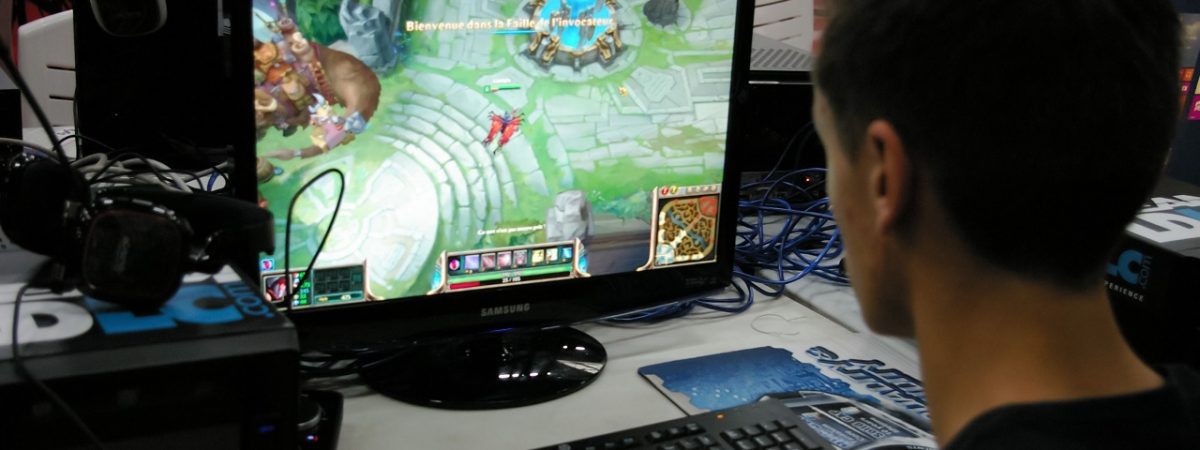Chances are, you’ve seen no shortage of presentations in the media, be it in film, television, or elsewhere, of gaming and/or gamers that falls into a few clear stereotypical categories; gaming is predominantly an activity for children or teenagers; gamers are almost exclusively male; violent video games promote real-world acts of violence; etc., etc. Most of these stereotypes, if they were ever true at all, are now severely outdated. Thankfully, their usage has begun to decline, but still, the presentation of gaming in most media lags well behind the reality. If we actually look at verifiable data, it tells a very different story.
What Data Actually Shows About the Gaming Audience
The first common trope which we’ll be looking at is the presentation of gamers in the media. Certainly, while this area has improved in recent years, there remain plenty of examples in the media that portray gamers in a poor light at best; it’s a particular stereotype that has stuck in the public consciousness for far too long, especially among people who aren’t actively engaged with gaming. However, as the data shows, that category of people is getting smaller and smaller. And, as a result, the gaming audience is growing more and more diverse.

Gaming industry statistics by GamingScan.com (from their 2020 report on Statistics, Trends and Data in the Gaming Industry), show that the average age of the gaming audience is actually 33. While it may have been true that the gaming audience was primarily teenage over a decade ago, times have certainly changed. As a result, only 30% of the gaming audience is now under the age of 18. In fact, the gaming audience is so large that it now comprises at least 60% of the American population! (Counting people who play a video game of one sort or another daily.) Although there are more men playing video games than women, the numbers are also much closer than you might think. 54% of the gaming audience is male, while 46% is female.
Toxic Vocal Opinions From Gamers are Actually a Tiny Minority
Toxicity within the gaming audience is, unfortunately, a problem that does require addressing as a matter of priority. However, it’s also a problem which has been greatly inflated by the media. A major report released last year revealed that, in fact, the vast majority of the gaming audience supported greater inclusivity in games; 56% of gamers, in fact, agreed that it was important for games to be more inclusive and thus appeal to diverse audiences. Only 7% of gamers said that they were less likely to play gamers that includes inclusive content, while 45% were more likely.

Toxic commentary is sadly common on social media. However, what these findings revealed is that such commentary is spread mostly by an overly-vocal toxic minority. “These findings should validate and encourage game developers to incorporate inclusive content in their games,” writes Jenny Shi, the lead researcher who authored the report; “Above all, politics and social movements aside, my hope is that gaming should be for everyone. So, let’s all do what we can to create game experiences that are inclusive to all.”
What Data Actually Shows About the Public Perception of Video Games
Another key factor is a dissonance of sorts between the public perception and media presentation of gaming. Again, this is an area which is improving over time, but still lagging behind the times to some degree. A key issue, for example, is how parents view their children playing video games. This is an issue which is frequently sensationalised. Issues such as gaming/gambling addiction, loot-boxes, and violence in video games tend to dominate the media conversation. These are important issues, to be sure. However, the portrayal of their true scale (and the scale of public concern about them) is often incorrect.

70% of parents actually believe that video games have a positive influence on the lives of their children. A very important factor here may be that parents are more engaged with gaming than they were a decade ago. 94% of parents, according to the data, now pay attention to the games played by their children. Additionally, 90% are present when their children acquire new games. This means that myths which may persist in the media, for example, are more easily dismissed by parents, who are now much better informed about what gaming actually is. Less surprisingly, gamers themselves also have a positive opinion of gaming, on the whole. 79% of gamers believe that video games provide them with mental stimulation, for example. 78% believe that they provide stress relief and a means to relax.
Hopefully, these old persistent stereotypes will continue to be debunked and corrected as time passes. Fortunately, the larger the gaming industry gets, the harder it is for such myths to spread. When it comes to issues such as this, it’s always worth going to clear data rather than impressions, especially online, where social media echo chambers and poorly-cited articles can seem to paint vastly different pictures.




